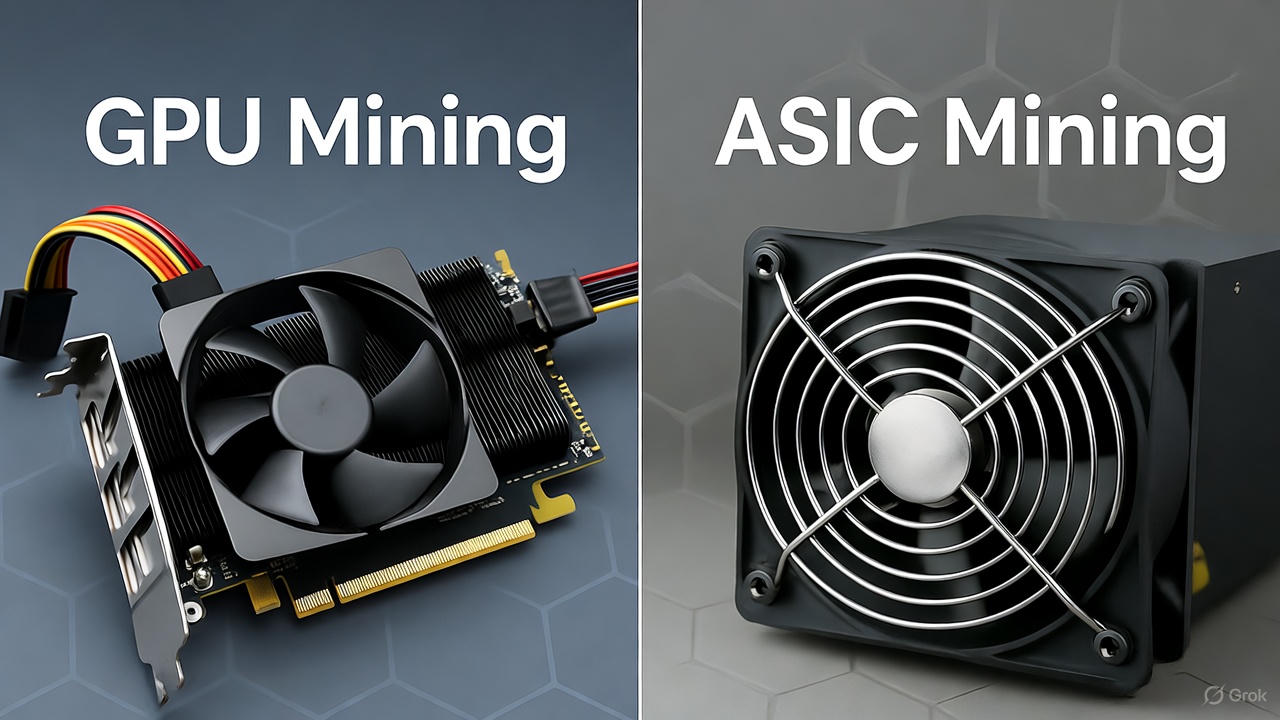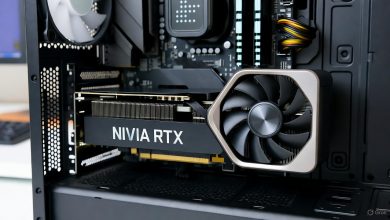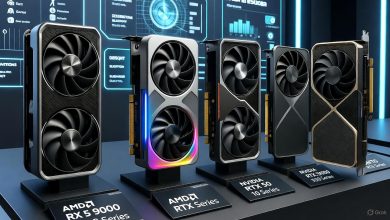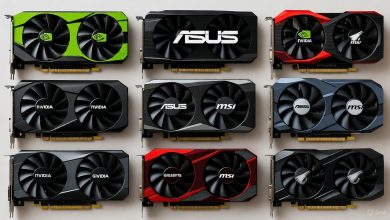In the ever-evolving world of cryptocurrency, mining remains a cornerstone for validating transactions and securing networks. As we dive into 2025, the debate between GPU mining vs ASIC mining intensifies, with miners weighing factors like efficiency, cost, and adaptability. This article explores the key differences, incorporating ASIC miner advantages, GPU mining flexibility, mining profitability comparison, and crypto mining hardware choices to help you decide the best path forward.
Introduction
Cryptocurrency mining has come a long way since Bitcoin’s inception, transforming from a hobby into a multi-billion-dollar industry. Today, with Bitcoin prices hovering around $100,000 and altcoins gaining traction, miners face a critical choice: general-purpose GPUs or specialized ASICs? This GPU mining vs ASIC mining comparison will break down the hardware, use cases, and market trends shaping 2025. We’ll highlight ASIC miner advantages in power efficiency, GPU mining flexibility for diverse coins, a mining profitability comparison based on real-world data, and guidance on crypto mining hardware choices for beginners and pros alike. By the end, you’ll have the insights to make an informed decision.
biostar.com.twA typical GPU mining rig setup, showcasing multiple graphics cards for parallel processing.
What is GPU Mining?
GPU mining involves using graphics processing units—originally designed for rendering video games and graphics—to solve complex cryptographic puzzles in proof-of-work (PoW) networks. GPUs excel in parallel processing, making them ideal for algorithms like Ethash (used in Ethereum Classic) or KawPow (for Ravencoin).
The pros of GPU mining tie directly into GPU mining flexibility: you can switch between multiple cryptocurrencies easily, mine emerging altcoins, and even repurpose the hardware for gaming or AI tasks if mining becomes unprofitable. Resale value is high, with cards like the NVIDIA RTX 4090 fetching strong second-hand prices. Setup is relatively straightforward—build a rig with 6-12 GPUs, install software like NiceHash, and join a pool. However, cons include higher power consumption (a rig might draw 1,000-2,000W) and lower efficiency for hash-heavy coins like Bitcoin.
Popular examples in 2025 include the NVIDIA GeForce RTX 5090, which offers up to 85 Mh/s on ProgPow with 360W power draw, and the AMD Radeon RX 7900 XTX, praised for its high return on investment in altcoin mining. For hobbyists, GPUs provide an accessible entry point, but profitability hinges on low electricity costs (ideally under $0.10/kWh).
ezblockchain.netAn example of a Bitmain Antminer S21 ASIC miner, designed for high-efficiency Bitcoin mining.
What is ASIC Mining?
Application-Specific Integrated Circuits (ASICs) are custom-built chips optimized for a single mining algorithm, such as SHA-256 for Bitcoin or Scrypt for Litecoin/Dogecoin. Unlike versatile GPUs, ASICs are laser-focused on maximizing hash rates with minimal energy waste.
This specialization highlights ASIC miner advantages: superior efficiency (e.g., the Bitmain Antminer S21 Pro delivers 200 Th/s at 3,500W), higher hash rates, and better long-term profitability for large-scale operations. Pros include plug-and-play simplicity—just connect to power, configure via a web interface, and start mining. Models like the MicroBT Whatsminer M60S or Auradine Teraflux AH3880 dominate 2025 rankings for their ROI potential, especially with Bitcoin’s network difficulty soaring.
Drawbacks? High upfront costs ($2,000-$10,000 per unit), risk of obsolescence if a coin switches algorithms, and limited flexibility—you can’t repurpose an ASIC for other tasks. For industrial miners, though, ASICs offer unmatched performance, with some units achieving break-even in under a year at low power rates.
Direct Comparison: GPU vs ASIC
When pitting GPU mining vs ASIC mining head-to-head, several metrics stand out. ASICs generally outperform in raw power and efficiency, but GPUs shine in adaptability. Here’s a mining profitability comparison based on 2025 data:
AspectGPU MiningASIC MiningEfficiencyModerate (versatile, but higher W per hash)High (specialized, e.g., 15-20 J/Th for top models)Initial CostLower ($500-$3,000 per card; rig ~$5,000-$15,000)Higher ($2,000-$10,000 per unit)FlexibilityHigh (multi-algorithm, resale for gaming/AI)Low (algorithm-specific)ProfitabilityVariable ($1-5/day per card; altcoin-dependent)Often higher ($10-50/day per unit for BTC at $0.07/kWh)Environmental ImpactHigher energy draw (1-2kW per rig)More efficient per hash (but noisy/heat-intensive)ScalabilityEasy for small setups; harder at industrial scaleIdeal for farms; requires cooling infrastructure asicmarketplace.comA visual chart comparing ASIC vs GPU mining across key factors like efficiency and profitability.
In scenarios, hobbyists favor GPUs for their low barrier to entry and ability to mine coins like Ethereum Classic or Monero, where daily earnings might reach $2-4 per RTX 4090 after electricity. Industrial miners lean toward ASICs for Bitcoin, where a single S21 XP can yield $20-30 daily in profit amid high network hashrates. A key insight from forums: GPUs can’t compete with ASICs on hashpower, but their versatility mitigates risks in volatile markets. Tools like WhatToMine calculators show ASICs edging out in ROI for dedicated coins, while GPUs offer broader crypto mining hardware choices.
Recent Reddit discussions echo this: One user noted that with electricity at $0.069/kWh, ASICs provide better yields for Bitcoin, but GPUs remain viable for altcoins. X posts from mining experts suggest ASICs for max efficiency, GPUs for flexibility in 2025.
Factors Influencing Choice
Market trends in 2025 heavily influence crypto mining hardware choices. Coin types matter: Bitcoin and Litecoin favor ASICs, while altcoins like Ravencoin or Flux suit GPUs. Network difficulty adjustments can slash profits—Bitcoin’s hashrate hit record highs, making efficient ASICs essential. Regulations, such as energy caps in regions like Texas, push miners toward efficient setups.
Broader advice: Factor in budget (start small with GPUs if under $5,000), electricity costs (under $0.10/kWh for viability), and goals (passive income vs scalability). The shift to proof-of-stake (PoS) in networks like Ethereum (completed in 2022) reduced GPU relevance for major coins, but PoW alternatives persist. Future outlook: With AI demand boosting GPU prices, resale value strengthens their case, while ASIC innovations like hydro-cooling improve efficiency. Weave in GPU mining flexibility for risk-averse users, but ASIC miner advantages dominate for high-volume operations.
Conclusion
In summary, GPU mining vs ASIC mining boils down to your setup: GPUs offer flexibility and lower entry costs for diverse mining, while ASICs provide unmatched efficiency and profitability for specific coins like Bitcoin. A thorough mining profitability comparison shows ASICs often win for serious miners, but crypto mining hardware choices should align with your electricity rates, scale, and market savvy. Assess your needs—perhaps start with a GPU rig for testing waters or invest in an ASIC for steady returns.





